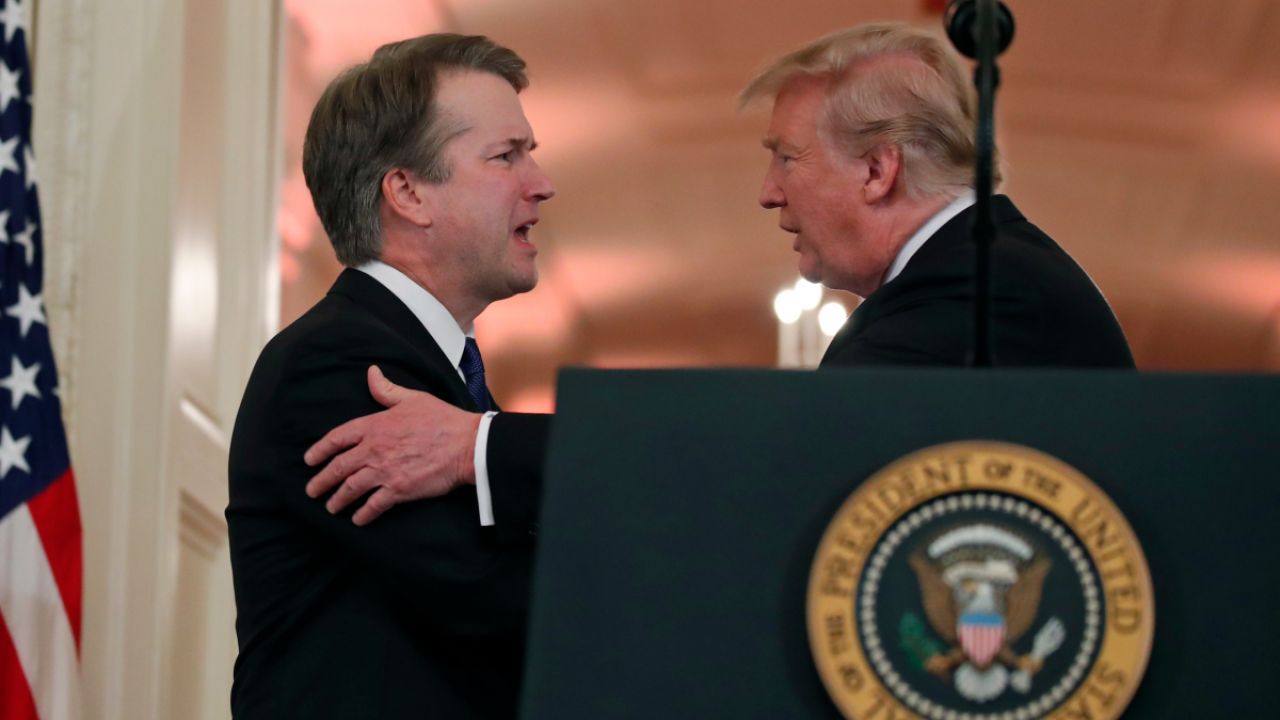
When Supreme Court nominee Brett Kavanaugh appeared before the Senate Judiciary Committee, he testified that he had ruled for the environment in “many” and a “large number” of cases. (You can watch his testimony here.)
The truth is that as a judge on the federal Court of Appeals for the D.C. Circuit, Kavanaugh has consistently ruled for polluters and against public health. In 16 out of 18 cases, he ruled for more air and water pollution. In 17 out of 18 cases, he ruled for less protection for endangered species.
All but one of the six “big” cases Kavanaugh cited during his testimony were actually decided on procedural, not substantive grounds. But Kavanaugh mentioned one particular case at length – and he lied about it.
Cement plants are a big source of air pollution linked to serious respiratory problems. But, in Natural Resources Defense Council v. EPA, Kavanaugh upheld a weaker air standard for cement plants and gave industry more time to comply, as The Intercept reported today. Making matters worse, his ruling for the first time declared that the Clean Air Act does not include an “anti-backsliding” provision, to ensure that the air pollution in areas that don’t meet the act’s standards doesn't get worse.
Kavanaugh’s ruling did reject industry’s argument that cement plants should not be held liable for accidental releases. But he relied on precedent established by other judges to reach that ruling.
To claim that this cement case is evidence that he ruled for the environment in “many” or a “large number” of cases – as Kavanaugh did during his testimony to the Judiciary Committee – is misleading at best.
What’s more, Kavanaugh did not tell senators about all the other “big” cases where he ruled against the environment, including cases where ruled that the Environmental Protection Agency lacked the power to regulate greenhouse gas emissions or cross-state air pollution. He’s also ruled for dumping coal waste, dumping hazardous waste and allowing factory farm air pollution.
What’s almost as troubling as Kavanaugh’s tendency to prevaricate is how he twists the law to get the result he’s seeking. For example, he ruled that the EPA can’t consider the costs when tightening pollution standards but must consider costs when doing so might result in weakening pollution standards.
--
Photo courtesy of Alex Brandon via AP Photo



